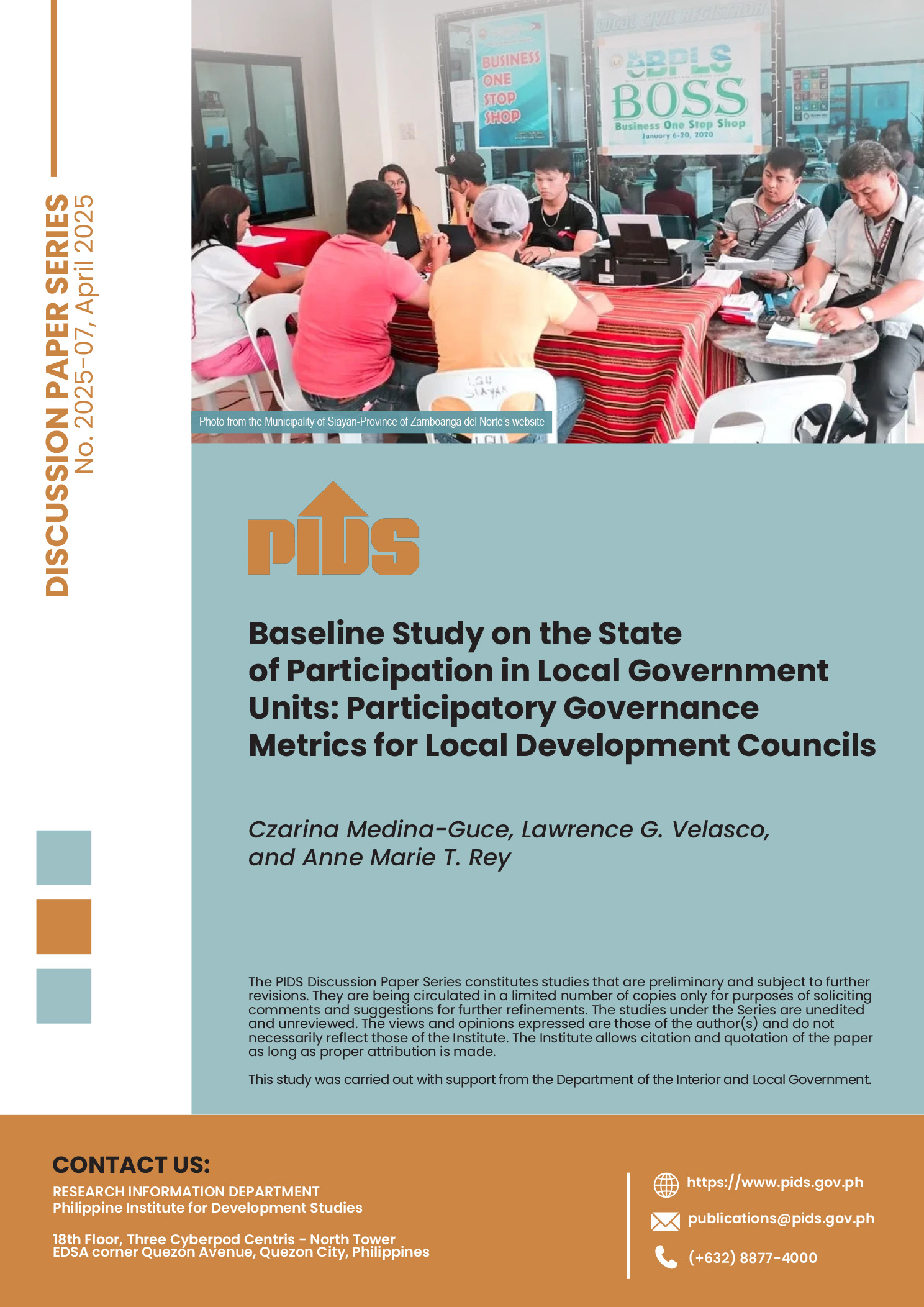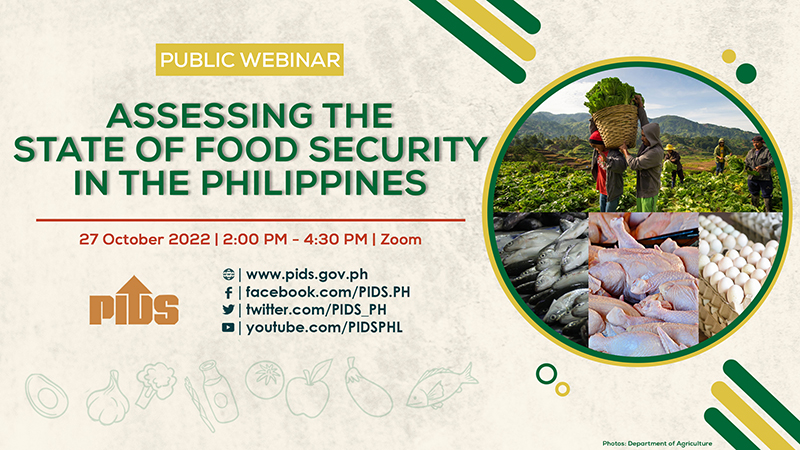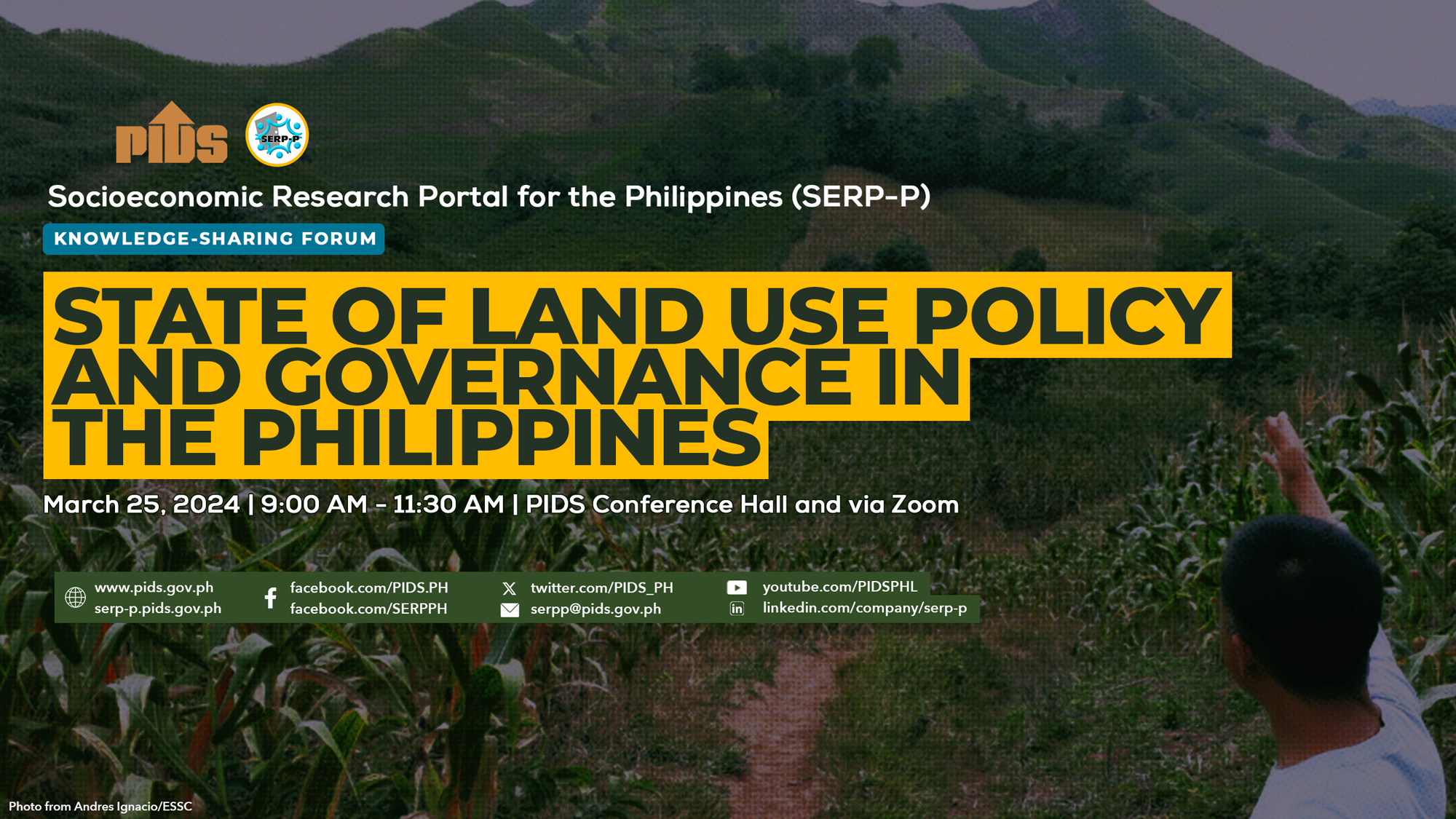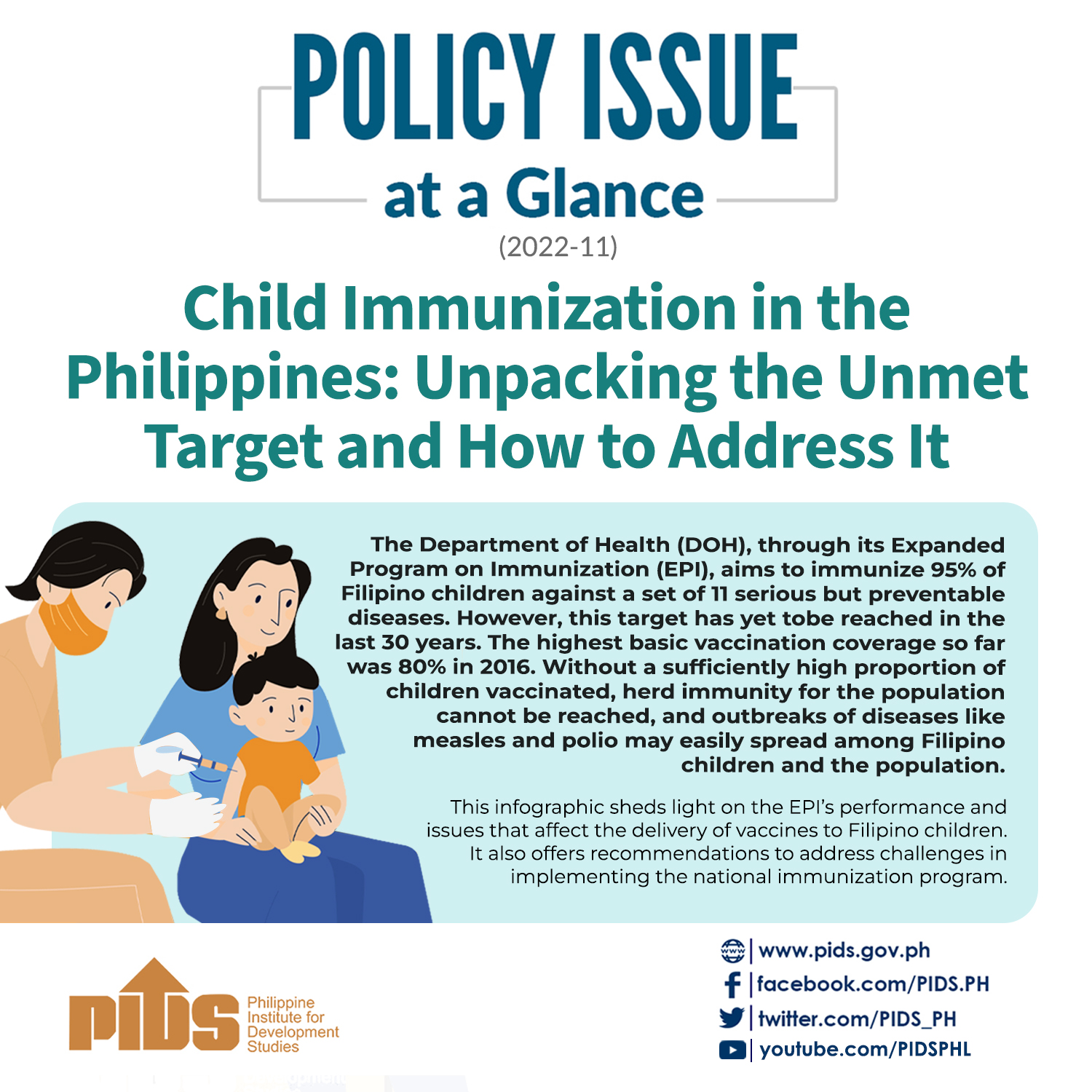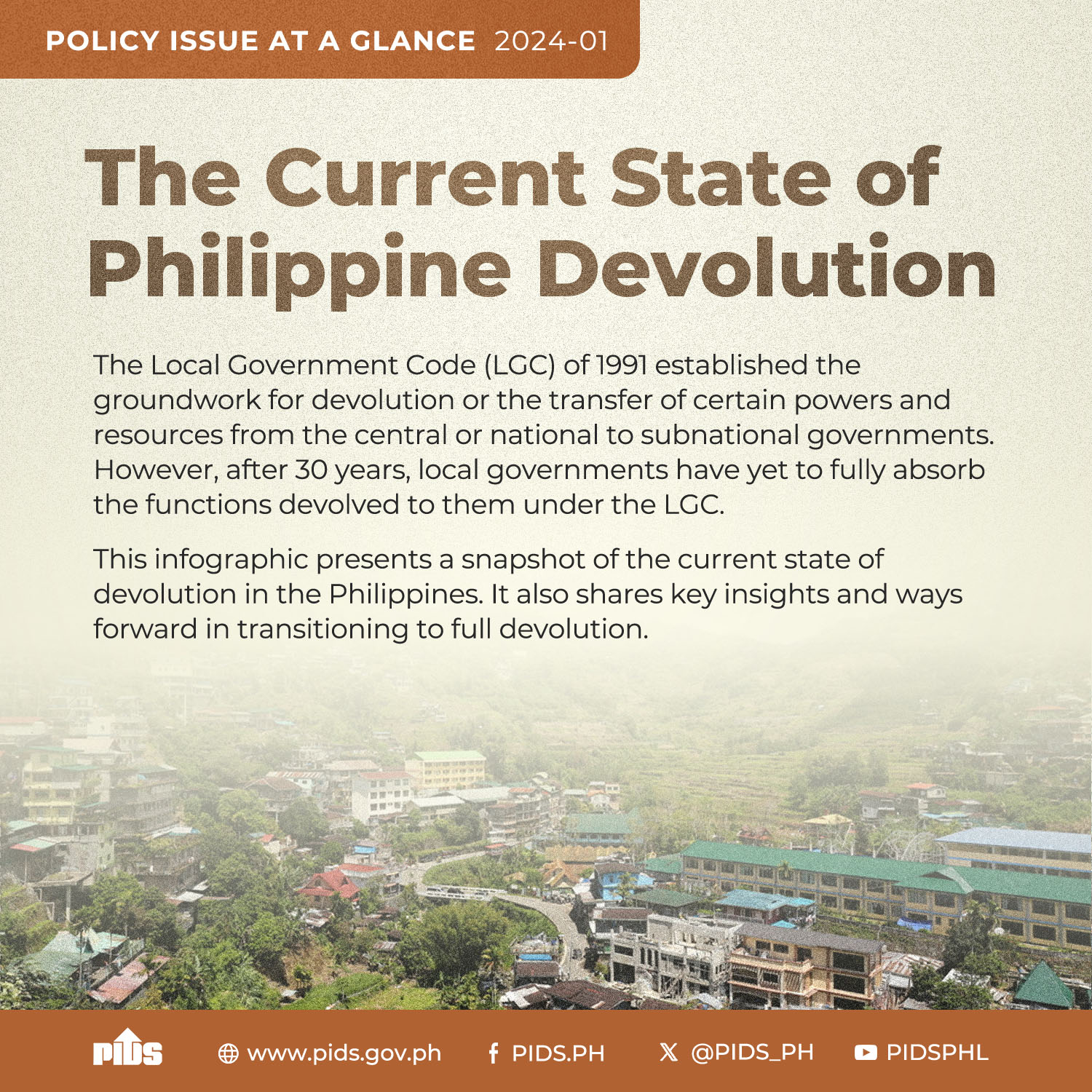Is it not true that we have a saying: Give a man a fish and you feed him for a day. Teach a man to fish and you feed him for a lifetime. An example of this is the Technical Education and Skills Development Authority (TESDA). The Disbursement Acceleration Program contributed 1.6 billion pesos to TESDA’s Training for Work Scholarship Program. This amount enabled the graduation of 223,615 beneficiaries. 66 percent of these–or, 146,731 graduates–now have jobs. As for the remaining 34 percent, TESDA is helping them find employment. Just take a look: All of these scholars have their names and other pertinent data listed down, should you wish to confirm them. [Applause]
If we divide the allocated funding by the number of graduates, we will see that government invested around 7,155 pesos in every scholar. In the BPO sector, a monthly salary of 18,000 is already considered at the low end. Every year, he will earn 234,000 pesos. If he is given the maximum tax deduction, his annual income tax will be: 7,900 pesos. This means that in the first year alone the 7,155 pesos that the government invested in him would have been paid back–and there will even be a profit. This and all the taxes he will be paying the government until he retires will, in turn, provide his countrymen with the same opportunities he was given. This is good governance: [Applause]
The right intentions, practices, and results. Everyone wins.
We launched the Expanded Conditional Cash Transfer Program in June of 2014, with a budget of 12.3 billion pesos. Now, the government will also support the beneficiaries until they are 18 years old. Some will ask, "Why?” According to a study conducted by the Philippine Institute for Development Studies, a high school graduate earns 40 percent more than someone who was only able to finish grade school.
We are investing in our most valuable resource: The Filipino people. Data from the National Economic Development Authority attests to our success. According to them, the 27.9 percent poverty rate during the first semester of 2012 went down to 24.9 percent for the same period in 2013. These three percentage points are equivalent to 2.5 million Filipinos who have crossed the poverty line. [Applause]
Of course, it is only right that we focus on the needs of the poorest in our society. But we will not stop there. Now that we have greater resources, we are striving to ensure that all those who crossed the poverty line will never go back below it. ...

